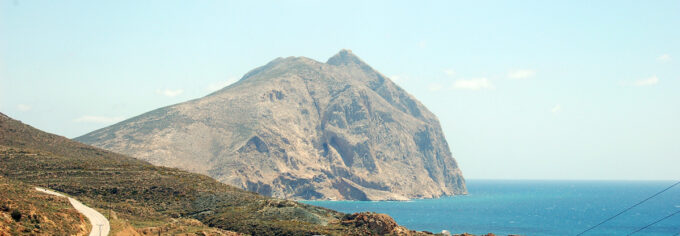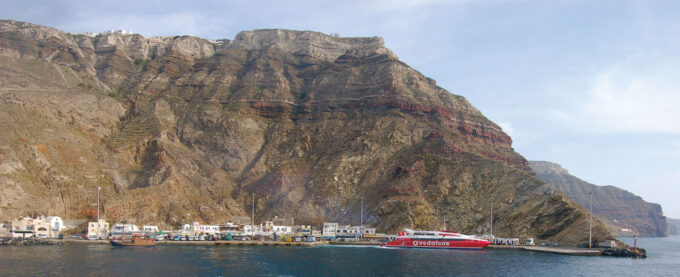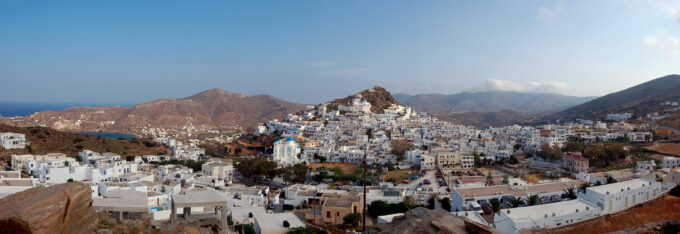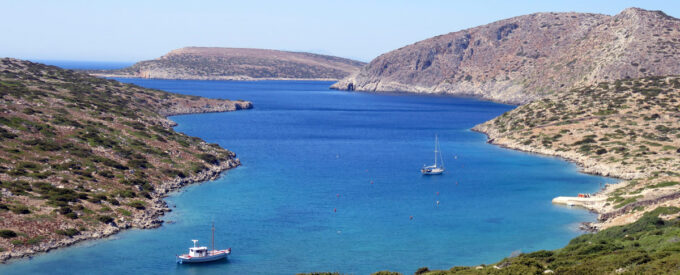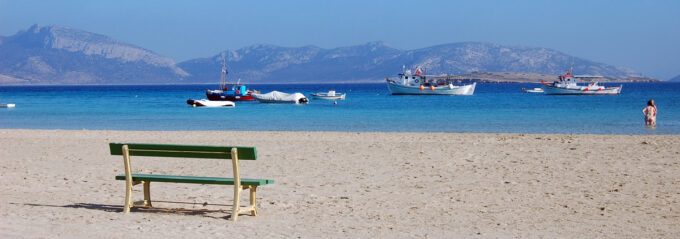Anáfi
According to mythology, Anáfi owes its name to the fact that it emerged (anáfi derives from the verb “anafainomai”, which means emerge) from the waters of the Aegean, following the desire of Apollo to offer refuge to the Argonauts. That is why its inhabitants, in his honor, built the temple of Apollo Aiglítis (from the…


